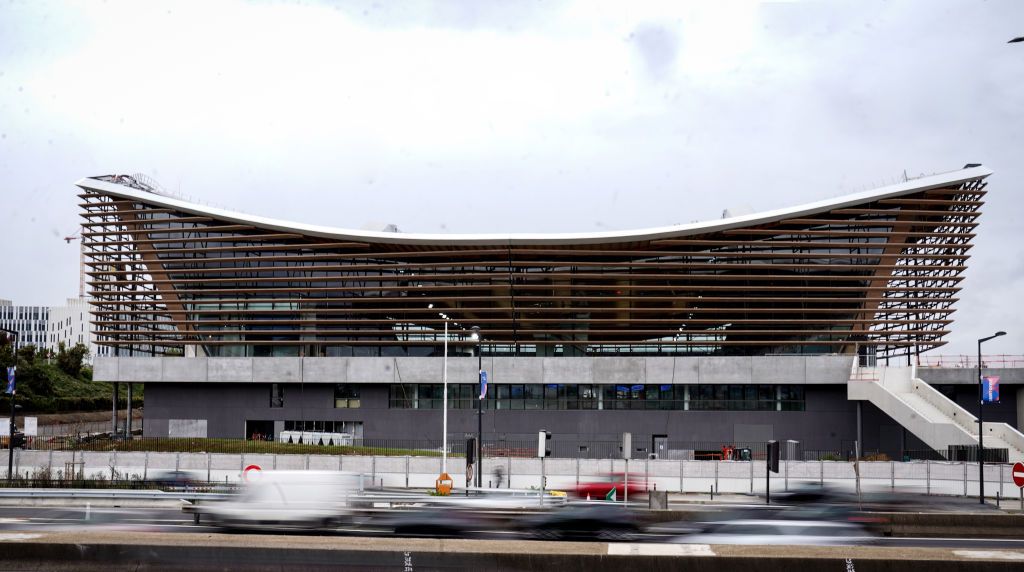From prioritising renewable energy to offering plant-based meals, these are the ways in which the 2024 Paris Olympics Games have pushed for sustainability
Millions are expected to attend the 2024 Paris Olympic Games this summer, with most flying to the French capital from around the world either to watch, participate or help out. From that alone, making the Olympics sustainable seems like an uphill battle—not to mention the construction and infrastructure required for the city to host the Games. Yet, organisers have made some strides to make this event the most sustainable Olympic Games yet; here are five climate-friendly initiatives to expect from the Games this summer.
In case you missed it: 11 Parisian restaurants to make your Instagram feed shine
Renewable energy
The 2024 Paris Olympics will use renewable energy, with all of its renewable energy sources coming from six wind farms and two solar energy farms in France. All venues will also be connected to the public energy grid, which should minimise the need for generators to be used in the event of power cuts.
Meanwhile, Paris is currently working to convert a third of its electrical grid to renewable sources by 2030. At the Games, on standby will be electricity generators running on biofuel, hydrogen or batteries—all of which are better alternatives to ones running on diesel.



